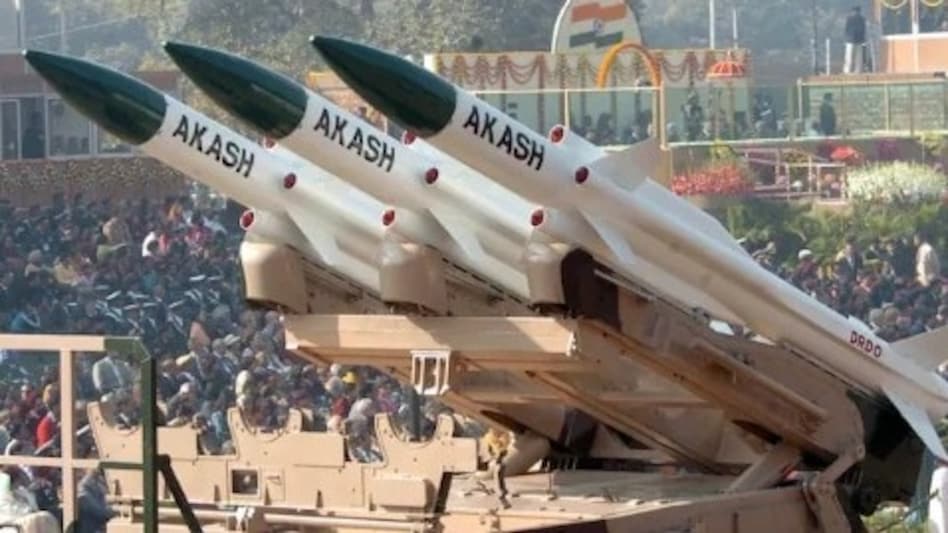Introduction
India is set to receive a significant Rs 50,000 crore boost to its defence budget following the success of Operation Sindoor, marking a pivotal moment in the nation’s military modernization efforts. This supplementary budget increase will push the total defence allocation past Rs 7 lakh crore for the fiscal year 2025-26, reflecting India’s commitment to strengthening its defence capabilities amid ongoing regional tensions.
Operation Sindoor and Its Impact on Defence Budget

Operation Sindoor was a decisive military response to the Pahalgam terror attack that shook Jammu and Kashmir, where terrorists linked to Lashkar-e-Taiba killed 26 civilians. The operation showcased India’s tactical prowess and advanced air defence systems, drawing comparisons to Israel’s Iron Dome. India conducted precision strikes on nine terror camps in Pakistan and Pakistan-occupied Kashmir, highlighting its strategic capabilities.
Following this operation, government sources have confirmed a supplementary defence budget allocation of Rs 50,000 crore. This increase aims to enhance research and development, weapons procurement, ammunition, and other critical defence equipment. Approval for this budget boost is expected during the upcoming Winter Session of Parliament.
Focus on Indigenous Defence Technologies
One of the highlights of Operation Sindoor was the use of India’s indigenously developed Akash missile defence system, which successfully intercepted threats including highly maneuverable supersonic aircraft like Pakistan’s F-16 fighters. Dr. Prahlada Ramarao, the architect behind the Akash system, proudly states the motto “sara akash hamara” – meaning “the whole sky is ours.”
In addition, the Indian Armed Forces tested the new counter-drone system Bhargavastra, which uses micro-rockets in ‘hard kill’ mode. This low-cost technology recently passed rigorous trials at Odisha’s Seaward Firing Range, further strengthening India’s aerial defence network.
Strategic and Political Implications
Defence Minister Rajnath Singh has emphasized the importance of domestic production in the defence sector, underscoring that reliance on foreign suppliers compromises national security. This budget boost aligns with Prime Minister Narendra Modi’s vision of a self-reliant India in defence manufacturing.
The increased defence readiness comes amid sustained tensions with Pakistan following the Pahalgam attack and subsequent military exchanges. India’s strategy, as outlined by PM Modi, is to focus on disabling terrorist infrastructure across the border rather than engaging in traditional diplomatic negotiations.

Conclusion
The Rs 50,000 crore budget boost following Operation Sindoor represents a major step in India’s military modernization and self-reliance drive. Strengthening indigenous technologies like the Akash missile system and new counter-drone measures ensures India is prepared for evolving threats. As India continues to bolster its defence capabilities, the focus on domestic innovation and strategic readiness remains key to national security.
Stay updated with India’s defence developments and learn more about indigenous military technologies by following our in-depth articles.









